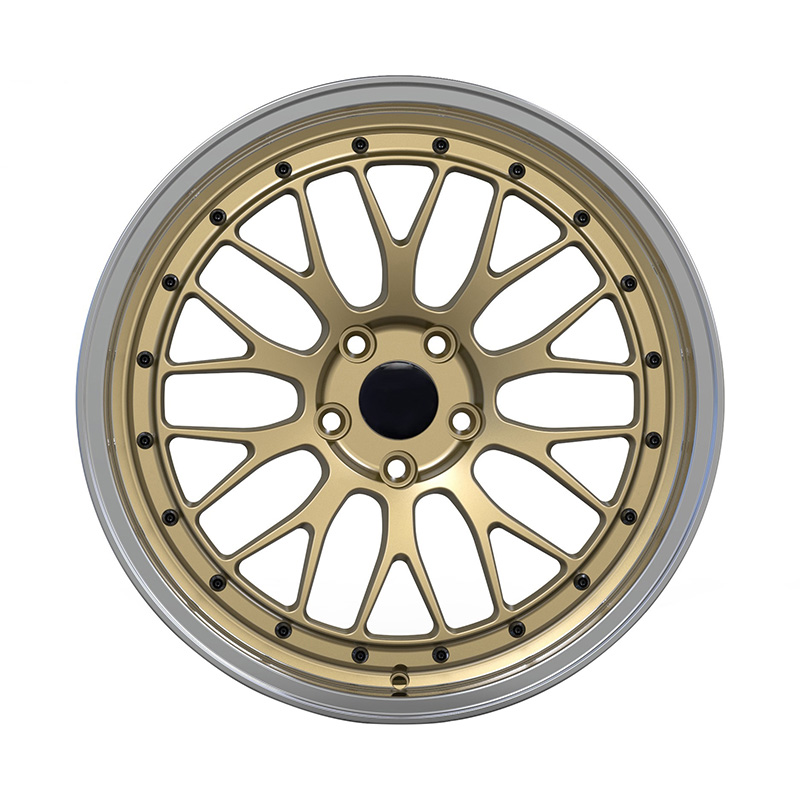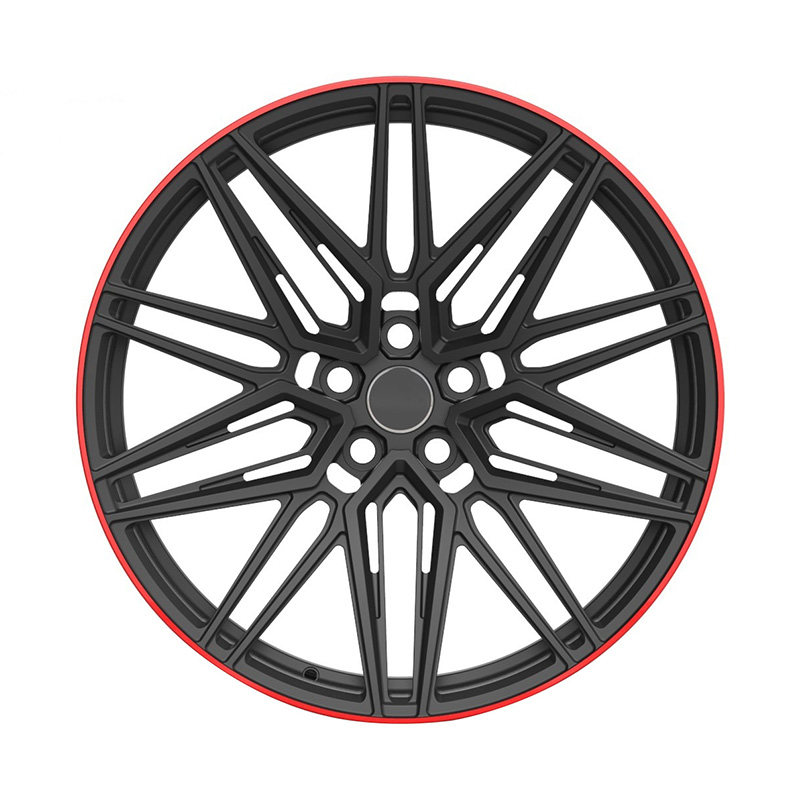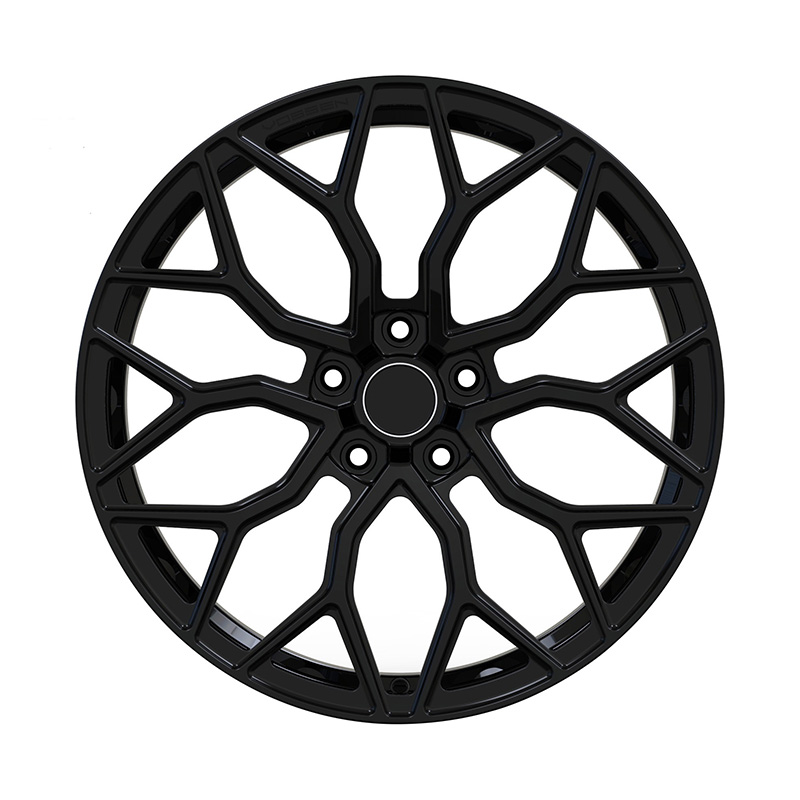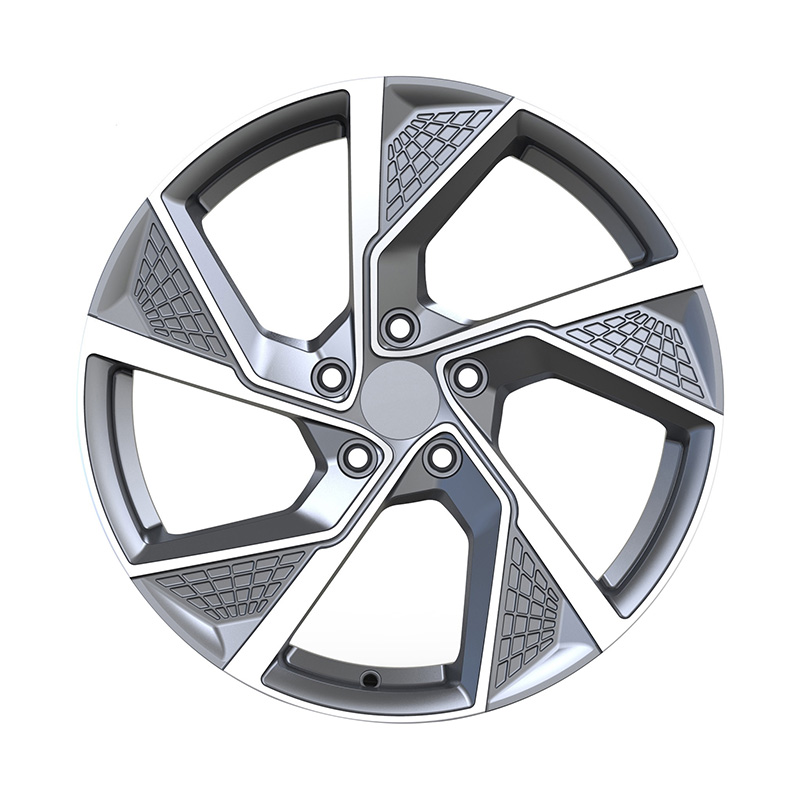
Submit
Submit feedback
Car Modification---Wheel System and Brake System
2025-09-19
Car modification is a popular way for enthusiasts to personalize their vehicles, improve performance, or enhance safety. While aesthetics and engine upgrades often receive the most attention, the forged wheels system and brake system play equally crucial roles. These two areas directly influence handling, stopping power, and overall driving dynamics. Modifying them requires careful thought, as mistakes can compromise safety and vehicle performance.
1. Wheel System Considerations
The wheel system includes rims, tires, and the way they interact with the suspension and drivetrain. Changes to wheels may improve grip, stability, and style, but poor choices can negatively affect ride quality, fuel efficiency, and even safety.
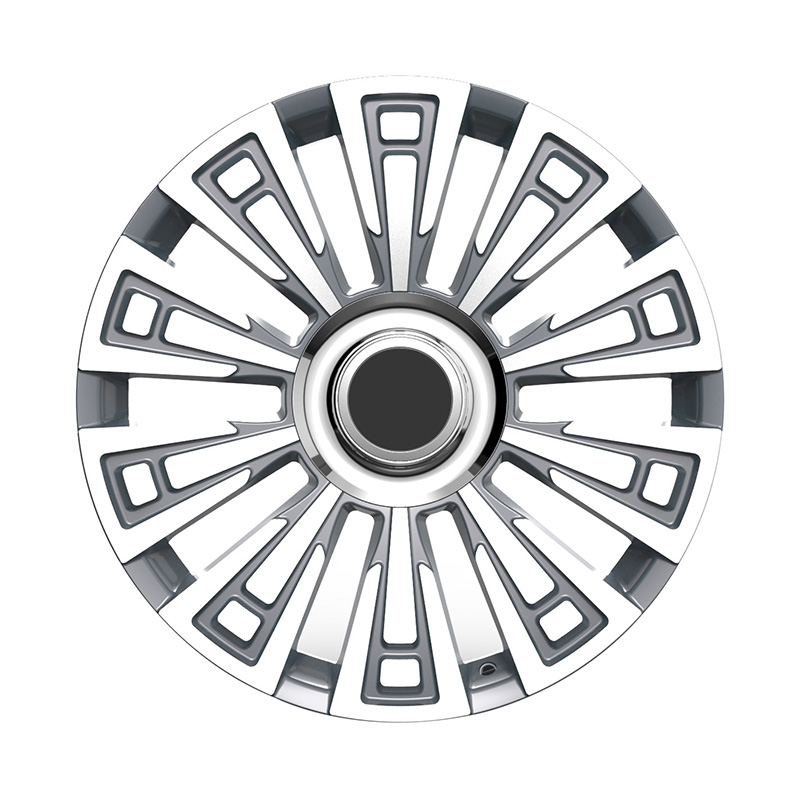
a. Wheel Size and Diameter
One of the most common modifications is increasing wheel size. Larger wheels may improve handling stability and aesthetics, but they also:
1. Add rotational mass, which can reduce acceleration.
2. Increase unsprung weight, potentially harming ride comfort.
3. Require low-profile tires, which may reduce cushioning and increase road noise.
Enthusiasts should balance size upgrades with practical considerations like suspension compatibility and road conditions.
b. Width and Tire Fitment
Wider wheels can increase the contact patch, providing more grip. However, they must fit properly within the wheel arches to avoid rubbing against the suspension or body. Incorrect tire fitment may cause uneven wear or even tire blowouts.
c. Offset and Backspacing
Wheel offset affects how the wheel sits relative to the hub.
Too much positive offset can cause clearance issues with suspension parts.
Too much negative offset pushes wheels outward, straining bearings and altering steering geometry.
Proper offset ensures both handling stability and durability of wheel bearings.
d. Material and Construction
Alloy wheels are lighter than steel, improving handling and fuel efficiency.
Forged wheels are stronger and lighter but also more expensive.
Cast wheels are more affordable but may not withstand extreme stress as well.
The choice depends on budget, driving style, and intended use (daily driving vs. track racing).
e. Tire Selection
Tires are the only contact between car and road. Performance tires offer improved grip but wear quickly and may be unsuitable for everyday driving. All-season or touring tires strike a balance between comfort, longevity, and traction.
2. Brake System Considerations
The brake system is one of the most critical safety features. Any modifications must prioritize stopping power and reliability over style.
a. Brake Rotors
Upgrading from stock rotors to performance options can make a significant difference:
Larger rotors improve heat dissipation and reduce brake fade.
Drilled or slotted rotors enhance cooling and water dispersion but can wear faster.
High-performance materials like carbon-ceramic offer excellent durability but at a much higher cost.
b. Brake Pads
- l Brake pads determine friction and stopping ability. Options include:
- l Organic pads: Quiet and affordable but less heat-resistant.
- l Semi-metallic pads: Better performance, but noisier.
- l Ceramic pads: High resistance to fade and long lifespan, though expensive.
Drivers should match pad choice to their driving habits—spirited driving demands better heat management, while commuting may only require standard pads.
c. Brake Calipers
Upgrading calipers improves braking consistency.
Single-piston calipers are common in stock cars and sufficient for daily driving.
Multi-piston calipers distribute force more evenly, improving stopping power and pedal feel, especially under high-speed conditions.
However, larger calipers may require bigger wheels for clearance, linking brake upgrades back to wheel modifications.
d. Brake Lines and Fluids
Stainless steel braided lines reduce expansion under pressure, giving a firmer brake pedal feel.
High-performance brake fluids resist boiling under extreme temperatures but may require more frequent replacement.
Both upgrades benefit drivers who push their cars harder than typical daily use.
e. Electronic Systems
Modern vehicles use ABS, traction control, and stability control systems. Any brake modification must account for these. Mismatched components can confuse sensors, reduce effectiveness, or trigger warning lights.
3. Interplay Between Wheels and Brakes
Wheel and brake modifications are closely linked:
1. Larger wheels often provide the space needed for bigger brake kits.
2. Brake upgrades that require larger calipers may not fit inside stock wheels.
3. Incorrect wheel offset can misalign brake components, leading to uneven pad wear or rotor warping.
4. Successful modification requires a holistic approach—upgrading one system often necessitates adjustments in the other.
4. Safety, Legal, and Practical Factors
Safety: Both wheels and brakes are essential for control and stopping power. Inferior aftermarket parts can compromise safety.
Legal Compliance: Some jurisdictions regulate wheel and brake modifications. Using non-approved parts may affect roadworthiness certification or void insurance.
Maintenance: Performance parts may demand more frequent servicing. High-performance pads, for instance, often wear rotors more quickly.
Budget: A balanced investment is key. Spending heavily on stylish wheels but neglecting brake performance can create unsafe mismatches.
recommend products
-
Zhenlun Multi Spokes Split Monoblock Forged Wheels Bronze With Silver Lip Edge
-
Zhenlun Matt Black With Red Lip Monoblock Forged Wheels
-
Zhenlun Gloss Black Monoblock Forged Wheels Gloss Black For Sports Car
-
Zhenlun Monoblock Forged Wheels Lightgrey With Machined Face
-
Zhenlun Monoblock Forged Wheels Gloss Black Dense Multi Spoke

 0
0

